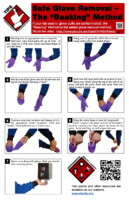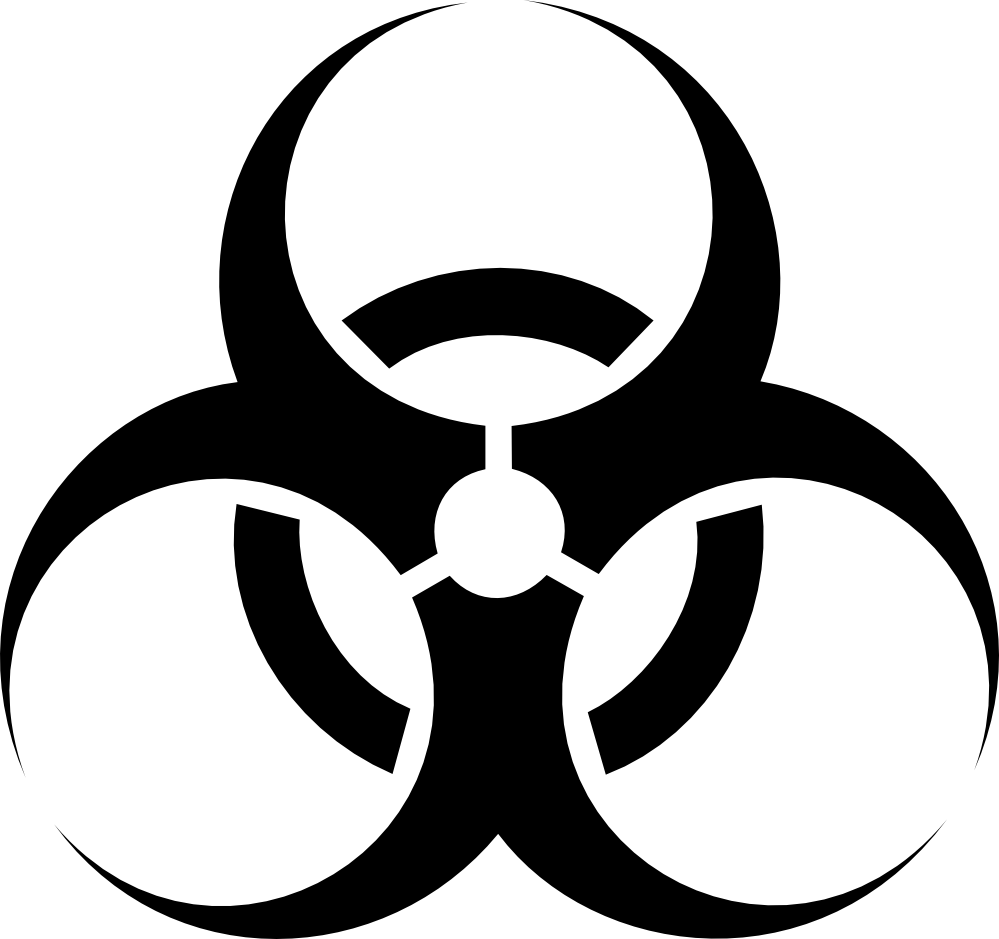Resources with keywords: PPE
This guidance refers only to the following viral hemorrhagic fevers: Ebola, Marburg, Lassa, Crimean Congo Hemorrhagic Fever (CCHF), and the South American Hemorrhagic Fevers (i.e., those caused by Junin, Machupo, Chapare, Guanarito and Sabia viruses).
Covers the use of personal protective equipment, testing, antiviral treatment, patient investigations, monitoring of exposed persons, and antiviral chemoprophylaxis of exposed persons
Summary of changes
This updated guidance identifies select occupational groups that may be at increased risk of exposure to novel influenza A viruses. Specific recommendations for these groups may be updated as CDC learns more during this evolving situation. Persons in these occupational groups should consult with their supervisor or their employer’s worker safety team to determine how best to apply these recommendations.
WHO Laboratory Biosafety Manual 4th edition (LBM4) are available in all UN official languages and Vietnamese:
LBM4 core doc https://iris.who.int/handle/10665/337956
Risk assessment monograph https://iris.who.int/handle/10665/337966
Lab design monograph https://iris.who.int/handle/10665/337960
Outbreak monograph https://iris.who.int/handle/10665/337959
Biosafety programme management monograph https://iris.who.int/handle/10665/337963
Biosafety cabinets monograph https://iris.who.int/handle/10665/337957
Decontamination monograph https://iris.who.int/handle/10665/374887
PPE monograph https://iris.who.int/handle/10665/337961
 PPE/Safe Glove Removal –The “Beaking” Method (PDF, Video, Poster/Handouts/Factsheets/Guide)
PPE/Safe Glove Removal –The “Beaking” Method (PDF, Video, Poster/Handouts/Factsheets/Guide)If your lab coat or glove cuffs are contaminated, the “Beaking” Method is the safest glove removal method.
Targeted audience:
Biosafety Professionals
Researchers Laboratorians
Clinical / Diagnostic Laboratorians
Shipping / Receiving Staff
Students
Trainers / Educators
Part 2 outlines what makes a good mask study and why so many fail.
Part 1 of a two-part commentary explains the differences in cloth face coverings and surgical masks, the science of respiratory protection, and the hierarchy of disease controls.


